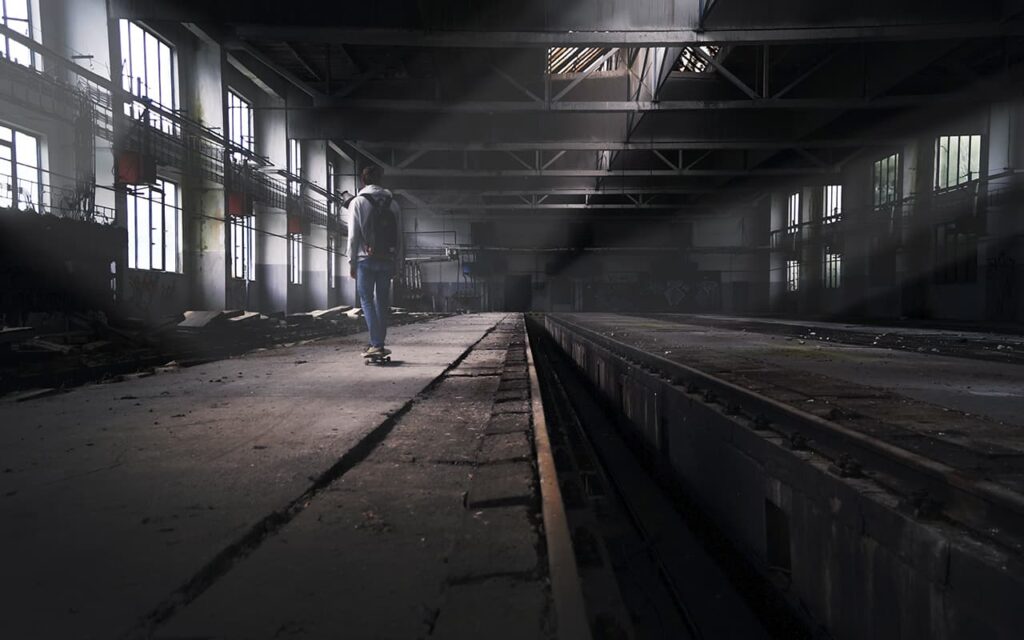Human history is closely intertwined with the industrial development that has shaped the modern world we live in. However, over the centuries of past manufacturing eras, many factories and plants have faded into the past, leaving only their traces behind. Excavating in factories and plants is a window into a time when these structures pulsed with life and gave rise to technological advancement.
As archaeologists, we face the unique challenge of unearthing the past hidden beneath thick layers of industry. By unraveling a puzzle of ruins, tools, artifacts, and documents, we get a glimpse into the world that once existed at these sites. Excavations at factories and mills reveal not only the technology and methods of production, but also the way of life and labor of the people who brought their ideas to life within these walls.
The process of excavating factories and plants begins by analyzing architectural drawings, old photographs and documents that can tell us what the structure looked like in its original form. As we excavate foundations, we uncover structural elements – steel frames, walls, floors – each of which can tell us a unique story about the construction methods and engineering solutions of their time.
But just as interesting are the artifacts we discover on excavations. Tools, machines, pieces of equipment, screwdrivers, control buttons – each of these items tells its own story about the routine lives of workers and the technological level of its time. Such artifacts reveal to us not only the unique details of the technical process, but also the work ethic and organization of the workspace.
When we view artifacts of manufacturing, we feel a breath of the past when these items were part of the daily lives of workers. From gilded medals of achievement to the humble tools of artisans, each artifact is the voice of working hands and their contribution to creating the well-being of society.
Excavations at factories and mills not only reconstruct the history of the past, but also contribute to its preservation. Many museums and exhibitions of industrial archaeology allow visitors to see how technology and lifestyles have changed over time. These places become a platform for learning, exploring and admiring, opening new horizons in understanding how factories and plants have shaped our world.
Excavations in factories and mills are a window into the past, allowing us to learn about the history of production, technology, and the lives of workers. These archaeological investigations not only expand our knowledge of the past, but also help us better understand the impact these factories have had on our modernity.
